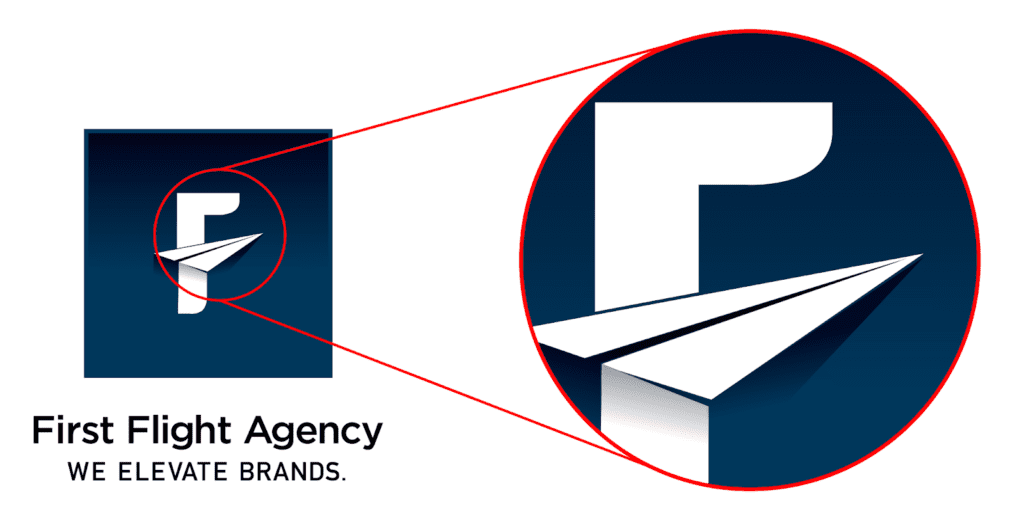
The Difference Between Raster and Vector Images
Mike Arnebeck
Designer
Vector
Vector graphics are images that are created using mathematical equations and geometric shapes such as lines, curves and points. These images are resolution-independent, which means they can be scaled to any size without losing quality. Vector graphics have a smaller file size compared to raster graphics because they are stored as a series of mathematical equations, making them easier to save and transmit. They are created using software such as Adobe Illustrator or CorelDRAW and are best for creating precise and scalable designs such as logos, icons, illustrations and other designs that require crisp lines and shapes. In terms of quality, vector graphics have the upper hand as they are resolution-independent; they can be scaled to any size without losing quality.

Raster






